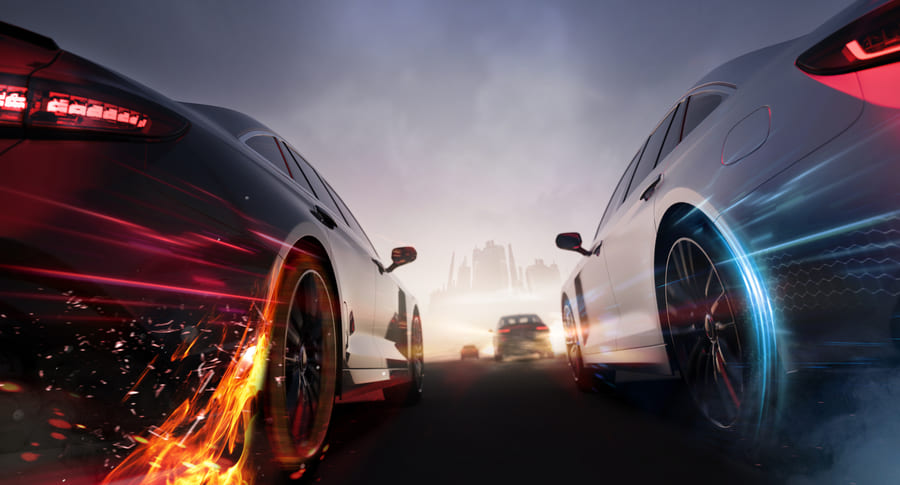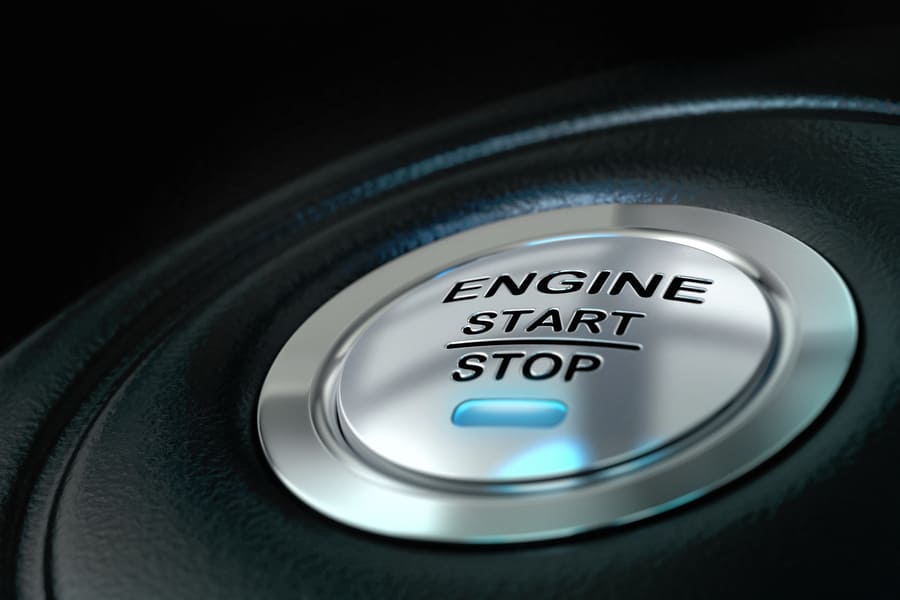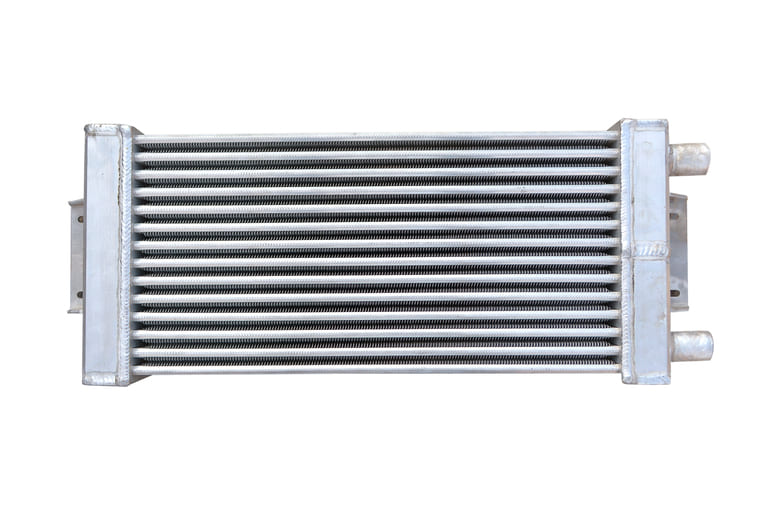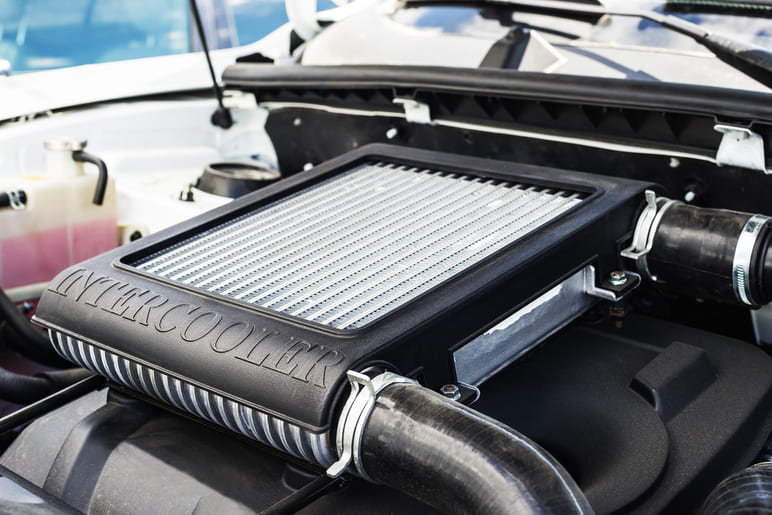
Perhaps you are looking to purchase a new car. The make and model of the vehicle used to be the only question when making that decision. Things have changed. Now you have to choose not only between style and manufacturer, but also whether you want to buy a diesel, petrol, or even a hybrid vehicle. In this article we will address the difference between diesel and petrol engines.
How does a petrol engine work?
In a petrol engine with carburettor or intake manifold injection, the pistons draw a fuel-air mixture into the cylinder (“external mixture formation”). If it has direct injection, which is common today, only air is drawn in. It first mixes with the petrol in the cylinder (“internal mixture formation”). No matter in which way the mixture is formed in the petrol engine, the finished mixture is always compressed by the upward movement of the piston and then ignited by a spark plug (“spark ignition”), after which the piston is pressed downwards. The efficient mixing of air and petrol before compression is possible because petrol evaporates quickly, i.e. mixes quickly with air. Its low flash point ensures that a spark is enough to ignite it.
The ignition of the final mixture has the advantage that the combustion spreads evenly in the cylinder, which makes these engines quiet and low in vibration. The more throttle you give, the wider the throttle valve opens. More air is drawn in and mixed with more fuel, whereby the optimum ratio of the mixture always remains the same: For every part of petrol there are about 15 parts of air. Since only the mixture quantity is varied in petrol engines, but not its composition, this is called “quantitative mixture control”. When there is more fuel-air mixture in the cylinder, the compression is greater and the combustion that takes place is stronger: more pressure is put on the piston. The power that is ultimately transmitted to the drive is correspondingly greater.

How does a diesel engine work?
Diesel has different chemical properties than petrol: It is less volatile and therefore does not mix easily with air. In addition, the flash point of this fuel is higher. It must therefore be ignited in a different way than petrol. In a diesel engine, the piston sucks in air and then compresses it to a high degree, causing it to heat up considerably. Then atomised diesel is sprayed into the cylinder at high pressure via the injection nozzle. Due to friction with the hot air, the fuel ignites itself (“self-ignition”). With diesel, the mixing of fuel and air therefore only takes place during combustion. Because the fuel and air are not premixed, combustion is uncontrolled, which makes for more noise and causes the engine to vibrate more than is the case with a petrol engine.
As a result, a diesel has more material and is therefore more expensive. For frequent drivers in particular, however, it usually pays off due to the fuel savings and the lower prices at the petrol station. Another point in favour of a diesel is the high torque, especially in the lower speed range, which is most often used. It is not necessary any more to downshift when you drive in the lower rev range. However, it is also not recommended for a diesel engine to be driven at low revs.
Differences in exhaust fumes
Petrol engines have different exhaust gas profiles because, firstly, petrol and diesel differ chemically and, secondly, higher temperatures are generated during combustion in this type of engine.
In general, exhaust gases must be separated from CO2 (which is harmful to the climate) and other pollutants such as particulate matter or nitrogen oxides as well. CO2 is produced when fuels containing carbon are burnt. Both petrol and diesel engines therefore emit CO2. Since diesels consume less fuel than petrol cars, they tend to be more climate-friendly on the road. However, diesel engines are often relatively powerful, partly because they are often installed in large cars such as SUVs or estate cars
As a result, many diesels are not low-carbon in absolute figures. In addition, a study from May 2019 suggests that, contrary to popular opinion, at least petrol engines from the compact class and other smaller models, actually emit less CO2 than comparable diesels. As far as nitrogen oxides are concerned, however, it is clear who is ahead: the petrol engine. One reason for this is the three-way catalytic converter, which can only be installed in petrol cars. Among other things, it reduces nitrogen oxides to nitrogen.
Older diesels produce about three times as much nitrogen oxide as comparable petrol engines. The latest models, on the other hand, have SCR catalytic converters, which convert the nitrogen oxides into nitrogen using urea (also called “AdBlue”). This means that they can also meet the strict Euro 6 emission standards. Particulate matter was a problem at first – especially in diesel engines with direct injection (DI). However, soot particulate filters have eased the situation now that politicians have set limits for the permissible particulate emissions of passenger cars. Since more and more petrol cars are also using direct injection, these limit values now also apply to petrol engines equipped accordingly.
Which vehicle is more suitable for short distances and which for long distances?
The area of use is also important when deciding on the right vehicle. This also includes whether the car will be used more for short or long distances. Many diesel vehicles are already worth owning from about 9000 miles per year. For commuters or frequent drivers, a diesel vehicle is a real alternative to a petrol vehicle. When buying a diesel, you should still pay attention to the model, because not every version is equally economical. Some car models only pay off after 18,000 miles.
Since diesel vehicles are equipped with soot particulate filters and these clog up with ash and soot after only a few hundred miles they are less suitable as purely city cars. If you have a diesel vehicle, you should definitely drive on the motorway more often. A petrol car is therefore more worthwhile for road traffic, but here too there are a few more things to consider.
The model plays an important role. A small car consumes a lot less fuel in the city than an estate car or an SUV. However, constant short trips are not good for any vehicle in the long run. The exhaust of a short-distance vehicle, for example, rusts faster than that of a car that occasionally drives long distances. Here, the condensation from the engine settles, which does not evaporate because the temperature is not high enough.
Insurance
The amount of car insurance you will have to pay depends, among other things, on the type of vehicle you own. Diesel cars are usually somewhat more expensive to insure, as they drive more miles per year due to their long-distance use and therefore have an increased risk of accidents. This causes them to be rated higher in the insurance industry than petrol vehicles. Whether diesel or petrol is better depends solely on the needs and preferences you as the driver have and how you plan to use the vehicle. There is no clear difference in the overall costs.


















Comment